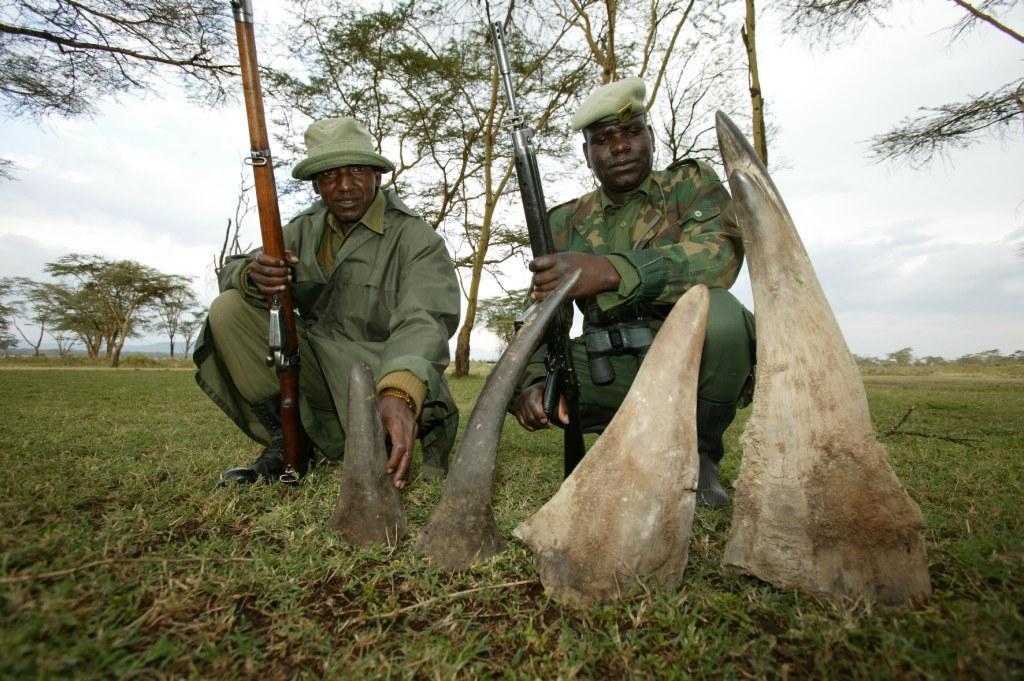On Monday 6 July 2015, Mozambique undertook a controversial move to burn rhino horns and ivory seized during a big bust by Mozambican authorities in May 2015.
According to news reports the products incinerated included the 1.1 tonnes of elephant ivory and the remaining rhino horns out of the original 65 seized. Just a few weeks after the initial seizure 12 of the 65 horns were stolen when thieves raided the storeroom, which was reportedly left secured by just three padlocks.
Although the burn sends out a strong signal of Mozambique’s commitment to tackle the illegal wildlife trade, there are concerns that vital evidence related to the poaching cases and stockroom thefts has now been destroyed.
An independent audit of the illegal wildlife products is understood to have taken place, however it is unclear whether DNA samples following CITES protocols were taken from the remaining rhino horns before they were destroyed. It will be challenging to secure convictions for the perpetrators of the crimes without the evidence.
This recent example demonstrates the importance of well-documented, secure stockpile management. You can read more about the issues of destroying stockpiles in our thorny issues article Rhino horn stockpiles, to store or destroy?
Kenya recently announced that as part of its stockpile management process it undertakes an annual audit of its government stockpiles, which takes at least 45 days costing around Sh45 million. According to the Kenya Wildlife Service board chair, Richard Leakey, Kenya holds around one and a half tonnes of rhino horn and more than 100 tonnes of elephant ivory.
Sources and further reading
TRAFFIC- Vital evidence goes up in smoke
All Africa – Kenya: KWS Ivory Count to Cost Sh45 Million
Photo credit Renaud Fulconis









